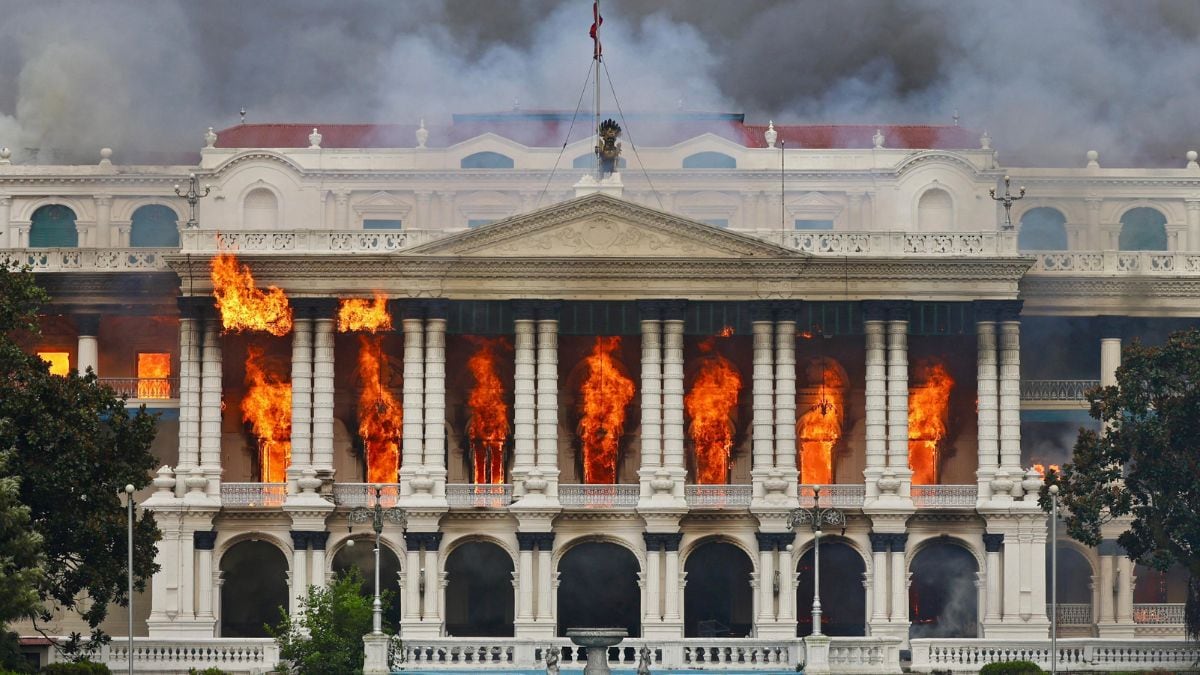Normally we’ve only ever seen a green Aurora Borealis aka Northern Lights, but on Monday astronaut Scott Kelly spotted the rare red Aurora Borealis. According to Space Weather Prediction centre, the geomagnetic storm that began on 22 June has reached G4 (Severe) levels once again on 23 June. [caption id=“attachment_2308524” align=“alignleft” width=“481”]  Astronaut Scott Kelly Twitter handle.[/caption] The solar tempest became “severe” when the storm hit an 8 on a 9-point-scale designed to measure the disturbances in Earth’s magnetic field. The storm should continue at some level for a number of hours, according to the SWPC. Nasa reported on Monday that the Sun had emitted a mid-level solar flare – essentially a powerful burst of radiation, giving astronaut Kelly the chance to take a picture of the rare sighting. According to NASA, the colour of the aurora depends on which atom is struck, and the altitude of the meeting. Red auroras are rare and are produced by high-altitude oxygen, at heights of up to 200 miles. So far we’re loving this solar storm.
I've never seen this before- red #aurora. Spectacular! #YearInSpace pic.twitter.com/j2DVejt974
— Scott Kelly (@StationCDRKelly) June 22, 2015
The aurora borealis occurs around the north magnetic pole when highly charged electrons from solar winds interact with elements in the earth’s atmosphere, such as oxygen and nitrogen.
Day 87. The red curtain of an #aurora closes on another day. Good night from @space_station! #YearInSpace pic.twitter.com/NUyJkGKy9y
— Scott Kelly (@StationCDRKelly) June 22, 2015
Day 87. The red curtain of an #aurora closes on another day. Good night from @space_station! #YearInSpace pic.twitter.com/NUyJkGKy9y
— Scott Kelly (@StationCDRKelly) June 22, 2015


)

)
)
)
)
)
)
)
)



